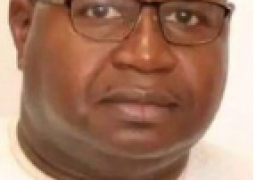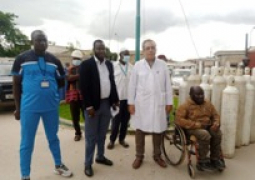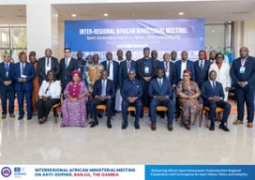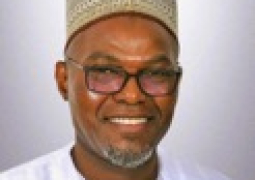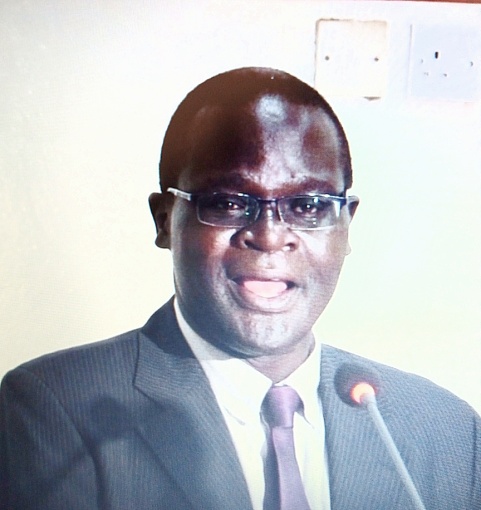
The Gambia’s Truth, Reconciliation, and Reparations Commission established that some 240 persons were murdered by state agents under Jammeh’s 22-year rule. Nearly 150 of them were killed between the years 2000 and 2010. They included 17 student protesters, 66 West African migrants, journalist Deyda Hydara, 41 victims of HIV treatment, 39 from the witch-hunting exercise, among a host of other killings.
“In terms of scale, the things that occurred in The Gambia were quite serious. So it is possible to begin to think of the justice question for [these] things in the context of serious crimes [just] as others that occurred on the African continent,” said Mr. Kwamchetsi Makokha, programme advisor for Journalists for Justice.
Africa has had a history of two genocides in the past three to four decades: over one million died in Rwanda in the 90s where France was found to be culpable and over 30,000 in Darfur, Sudan, where an international investigation instituted by the International Criminal Court resulted in an arrest warrant for President Al Bashir.
According to the TRRC's final report, Jammeh’s victims range from perceived security threats to political opponents; close associates he fell out with, ordinary citizens and journalists.
“The threshold of such crimes in a small country like The Gambia, along with over a thousand detentions, torture, and false imprisonment may sound small to many people outside The Gambia, but they are indeed quite serious in a country of less than two million people, living within a geographic size of 500 square kilometers,” argued Mr. Makokha.
The TRRC recommended the prosecution of the former president for crimes of murder, unlawful killings, rape, torture and enforced disappearances that he committed directly or indirectly while in power.
Now, how did Gambians use cartoon to caricature such a tyrant when other cartoonists around the world made very eloquent caricatures of the dictator’s actions in The Gambia, showed yet another gap in the exhibition when no entries were received to fill up Gambian space at the Alliance Francais last week.
Other themes of the exhibition included Africa and the international criminal justice mechanisms; genocides, and the African justice system that existed pre-colonial (traditional justice mechanisms for such crimes).
“That has been a problem faced across the continent when Africans see the justice systems as crafted from outside the continent. We struggle with such situations in our advocacy for justice on the continent,” he said.
However, Africa also assesses the international justice system from a position of political weakness, according to Mr. Makokha, who was former spokesperson for Kenya’s Chief Justice in Nairobi, now living in South Africa.
“This is because the global power structure is based on a country’s access to nuclear weapons; people’s voices depend on how much nuclear weapons they possess. This makes the UN Security Council the most undemocratic system in the world, in which Africa seems to have numbers in terms of constituting the Rome Statute and as a participant in the International Court of Justice.
“The Gambia’s TRRC follows other transitional justice processes around the continent, such as the truth commission of South Africa; truth and justice commission of Kenya, truth and reconciliation commission in Rwanda and that of Sierra Leone…. A closer look at all these processes reveal a pattern, which as journalists and advocates for victims, we need to take a step back and ask, what is it that we are missing?”
“Our work is not meant to provide solutions; we are just providing a platform for Africans to talk to each other about where Africa stands in terms of justice. Hence the cartoon exhibition is an opportunity to generate a conversation around what justice means to us as Africans and what is it that we are missing,” he said.


